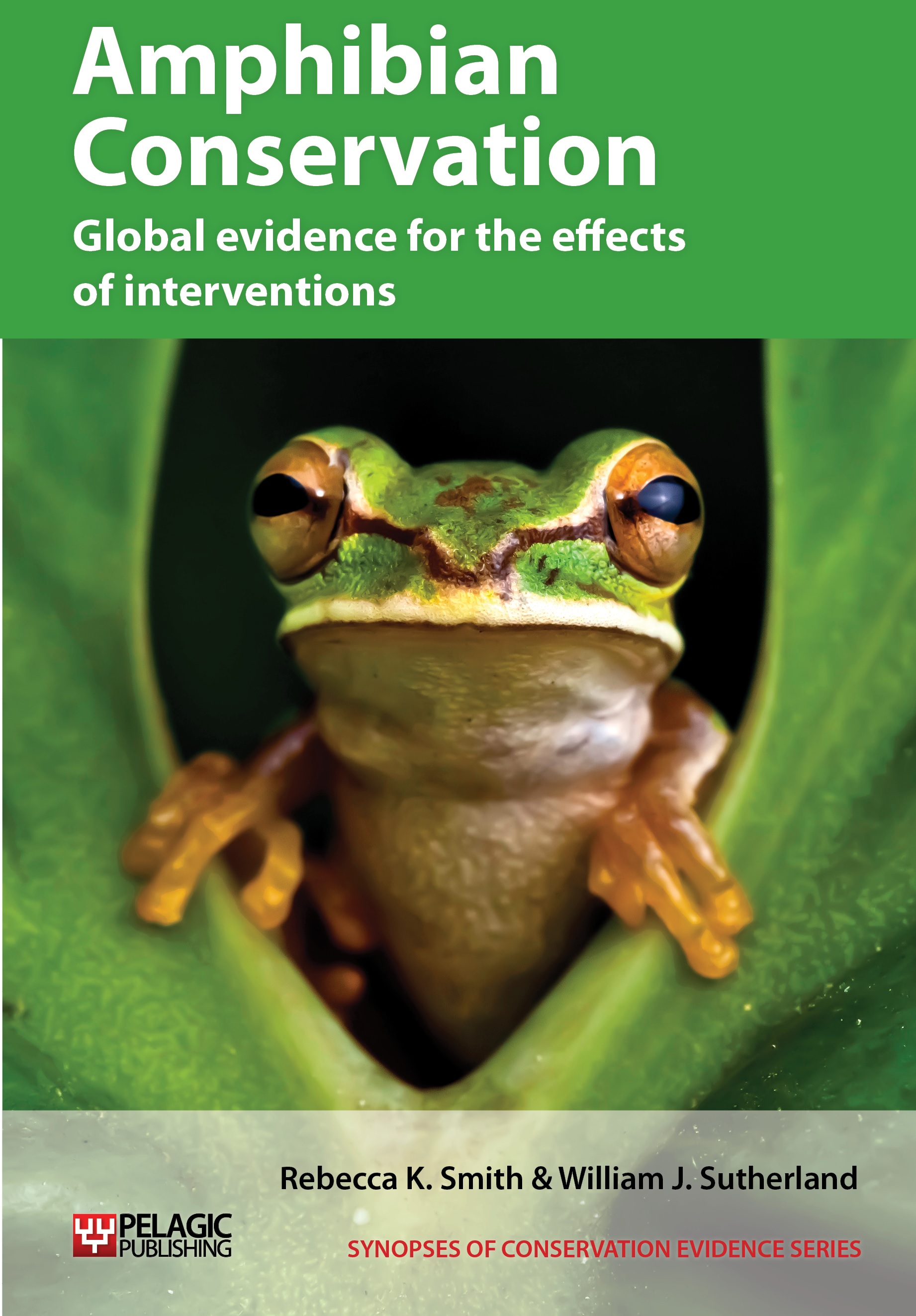Release captive-bred toads
-
Overall effectiveness category Trade-off between benefit and harms
-
Number of studies: 5
View assessment score
Hide assessment score
How is the evidence assessed?
-
Effectiveness
40% -
Certainty
50% -
Harms
20%
Study locations
Supporting evidence from individual studies
A study in 1988 in Guanica, Puerto Rico (Johnson & Paine 1989) found that four of 12 captive-bred Puerto Rican crested toads Peltophryne lemur were predated by non-native Indian mongoose Herpestes palustris within two days of release. Twelve two-year-old captive-bred toads were fitted with radio-transmitters and were released into the breeding ponds that their parents had been collected from.
Study and other actions testedA replicated study in 1982–1986 in Attwater Prairie Chicken National Wildlife Refuge in Texas, USA (Quinn et al. 1989, Dodd & Seigel 1991) found that released captive-bred and head-started Houston toads Bufo houstonensis did not establish populations. Eight released males but no females were recorded during five years of monitoring. Two egg strings were found in 1985. Survival was low as many tadpoles were predated. Over five years, 62 adult, 6,985 metamorphs and 401,384 eggs were released at 1–10 sites/year. Animals were either captive-bred or eggs were collected in the wild and raised in captivity (indoors and outdoors) before release. Monitoring was undertaken nightly in February–June 1982–1986.
Study and other actions testedA study in western Guánica, Puerto Rico (Johnson 1994) reported that a small number of captive-bred Puerto Rican crested toads Peltophryne lemur survived after release. Two of a group of 640 released were observed in 1989 and others sighted in 1992 and 1993. Predation by mongooses had a significant effect on the survival of radio-tracked released adults. Three thousand newly metamorphosed toads were released in 1988. A further 12 captive-bred adults were released with radio-transmitters.
Study and other actions testedA replicated, before-and-after study in 1982–1993 in Sweden (Andren & Nilson 1995) found that released captive-bred fire-bellied toad Bombina bombina metamorphs established populations at seven of 10 sites, with some populations increasing over three years. By 1993, toads were found in 75 ponds. Numbers of ponds with calling males decreased from 26 in 1990 to 15 in 1993, although numbers calling increased to 80. Metamorphs were recorded at 0–10 ponds. The total minimum population size varied from 150 to 300. In 1982–1984, eggs from Denmark were raised to adults for breeding. Over six years, captive-bred larvae were released into net cages in ponds at 10 sites, each with 2–15 suitable breeding ponds. Some eggs were raised to metamorphs before release, all metamorphs were set free in ponds. Toads were monitored in 1990–1993.
Study and other actions testedA before-and-after study of projects in 1986–1997 that released captive-bred amphibians into restored and created ponds in Denmark (Fog 1997) found that European fire-bellied toads Bombina bombina and green toads Bufo viridis established populations. Released fire-bellied toads established populations in 18 restored and 22 created ponds and green toads in three created ponds. A questionnaire was sent to all those responsible for pond projects across Denmark to obtain data. Animals were reared in captivity and then released into ponds as tadpoles or juveniles. For a pond to be defined as ‘colonized’ a species had to be present but not breeding.
Study and other actions tested
Where has this evidence come from?
List of journals searched by synopsis
All the journals searched for all synopses
This Action forms part of the Action Synopsis:
Amphibian Conservation
Amphibian Conservation - Published 2014
Amphibian Synopsis





)_2023.JPG)














